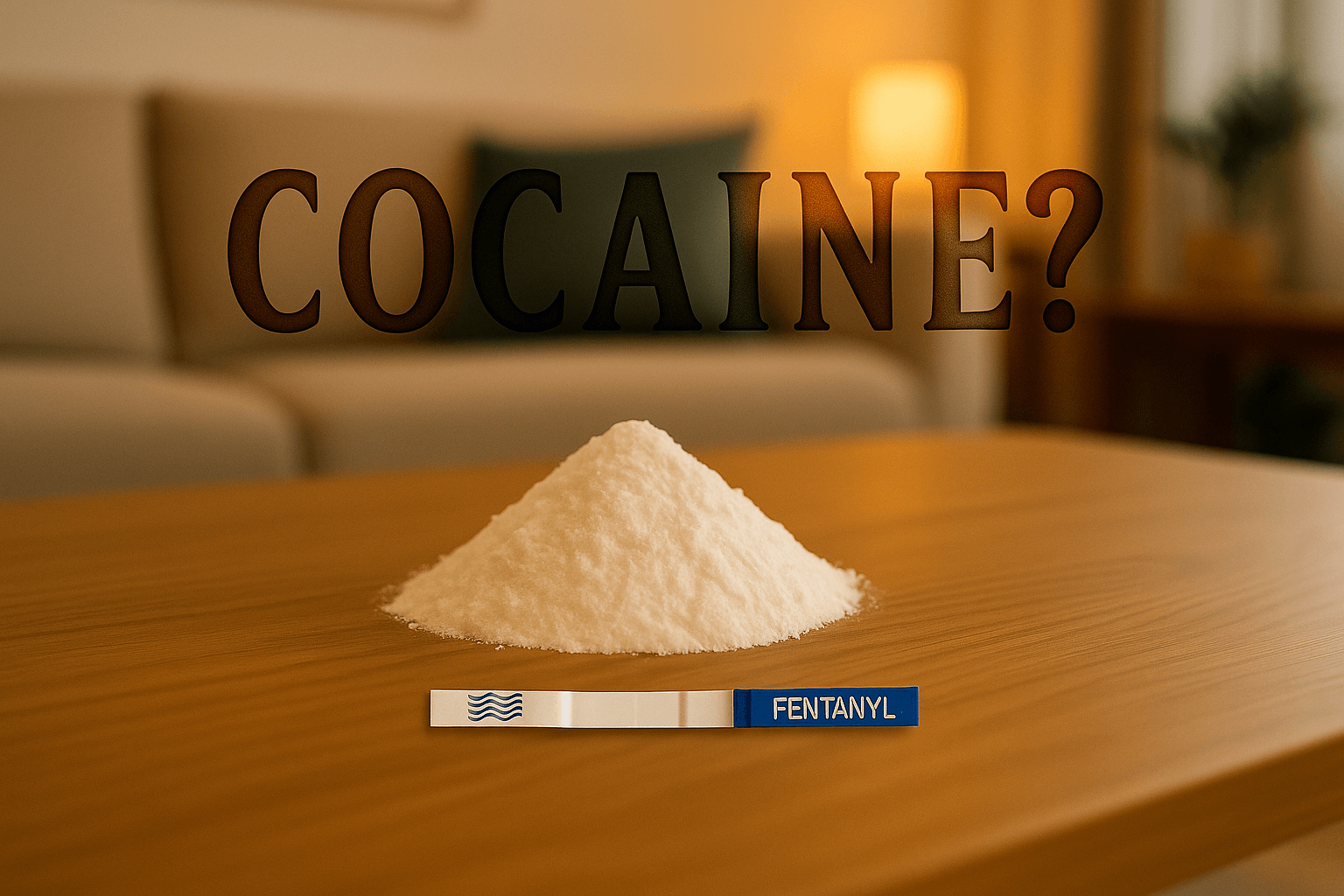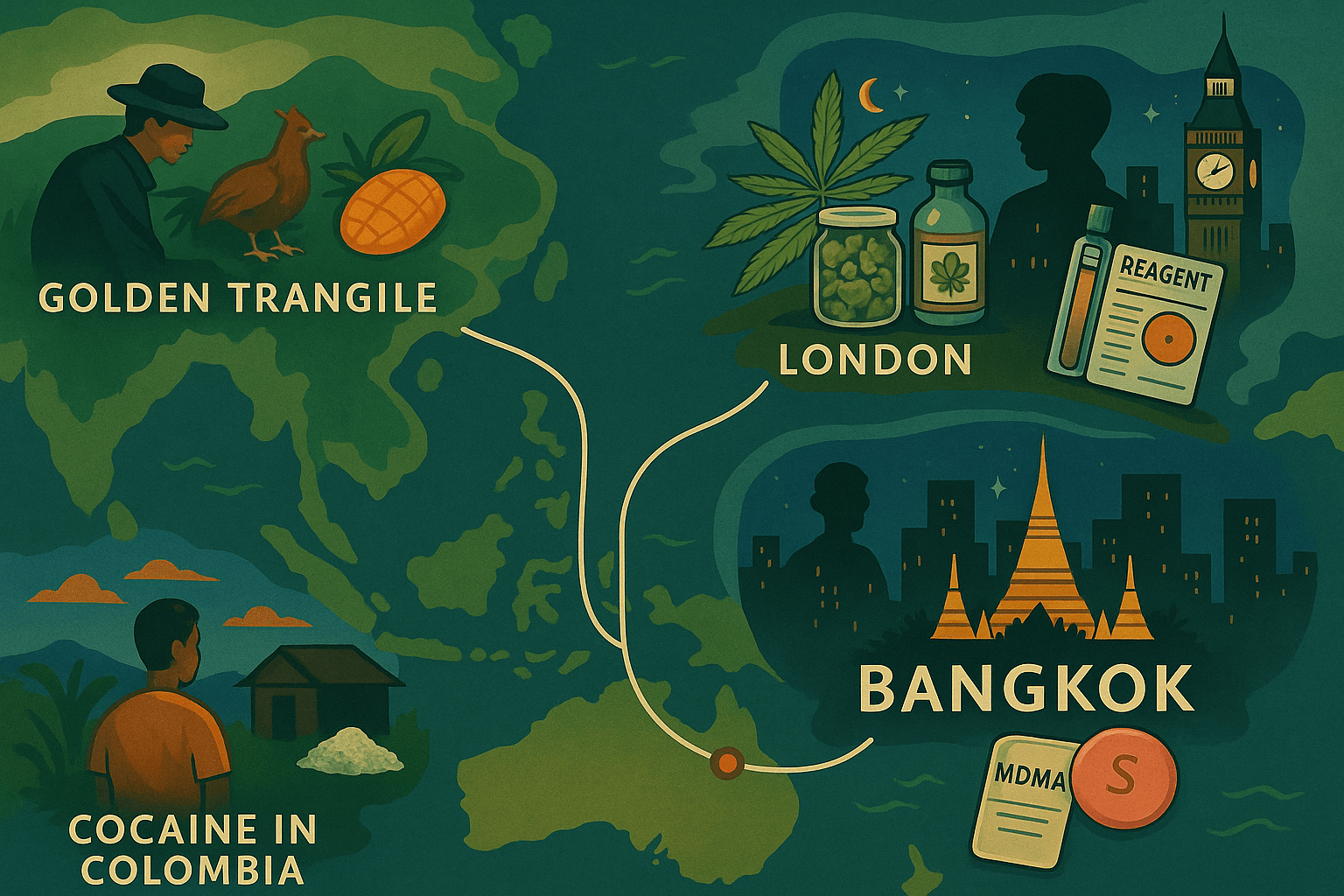Introduction
Fentanyl, a synthetic opioid, was once hailed as a groundbreaking pain management solution. Today, it is a global public health crisis, responsible for tens of thousands of overdose deaths annually. This article explores fentanyl’s historical origins, its analogues, and the factors that contributed to its catastrophic rise.
The Birth of Fentanyl: A Medical Innovation
Fentanyl was first synthesized in 1959 by Dr. Paul Janssen, a Belgian chemist and founder of Janssen Pharmaceuticals[1]. It was developed as a powerful analgesic for managing severe pain, particularly in cancer patients and during surgical procedures. Fentanyl’s key features included:
- Potency: 50–100 times stronger than morphine
- Speed: Rapid onset of action
- Versatility: Available in various forms (injections, patches, lozenges)
Fentanyl was approved for medical use in the United States in 1968[1]. By 2017, it had become the most widely used synthetic opioid in medicine[1].
The Emergence of Analogues
Following fentanyl’s success, pharmaceutical companies and clandestine chemists began developing analogues. Notable examples include:
- Sufentanil (1980): 5–10 times stronger than fentanyl
- Alfentanil (1984): Shorter-acting variant
- Remifentanil (1999): Ultra-short-acting analgesic
- Carfentanil: Approximately 10,000 times more potent than morphine[1]
Between 2012 and 2016, seventeen fentanyl analogues were reported to the UNODC Early Warning Advisory from countries in East Asia, Europe, and North America[8].
Fentanyl in the Illicit Drug Market
Fentanyl’s transition to the illicit market began in the late 1970s. The first fentanyl-related deaths were reported in California in 1979[11]. Factors contributing to its spread included:
- Ease of synthesis
- High profit margins
- Unregulated production, particularly in China
The Opioid Crisis: A Perfect Storm
The rise of fentanyl coincided with the broader opioid epidemic. In the U.S., opioid-related deaths have seen exponential growth since 1979. From 2010 to 2017, deaths from fentanyl and other synthetic opioids increased nearly tenfold, from 3,007 (14.3% of opioid-related deaths) to 28,466 (59.8%)[10].
How Fentanyl Differs from Traditional Opioids
Fentanyl’s extreme potency is its defining characteristic. A lethal dose can be as small as two milligrams[1]. This potency increases the risk of overdose and magnifies the dangers of cross-contamination in illicit drug production.
Fentanyl’s Global Spread
The global spread of fentanyl can be traced through several phases:
- 1980s: Sporadic fentanyl-related deaths reported in the U.S.[11]
- 2005–2007: A surge in fentanyl-related fatalities, with 1,013 deaths reported in six U.S. states[11]
- 2010–2017: Fentanyl-related deaths in the U.S. increased from <15% to ~50% of opioid-related deaths[11]
- 2016: In Canada, fentanyl was involved in 53% of reported apparent opioid-related deaths[12]
Regional Spread
- 2000–2010: The early 2000s saw an increase in fentanyl-laced heroin in the U.S., as dealers began using it to stretch their supply[11].
- 2010–2020: Fentanyl and its analogues spread globally, with Europe and Asia reporting rising seizures. By the late 2010s, fentanyl was found in cocaine and counterfeit pills[11].
- 2020–Present: Southeast Asia, including Bangkok, has seen a sharp increase in fentanyl-related seizures, with the drug appearing in nightlife and festival settings[8][12].
According to the UNODC, Bangkok serves as a regional transit point for synthetic opioids, heightening the risk of fentanyl-laced drugs entering local markets[8].
Why Fentanyl Is Hard to Control
Efforts to curb fentanyl face several challenges:
- Rapid development of new analogues
- Complex global supply chains
- Low detection rates due to potency
Harm Reduction: A Way Forward
Addressing fentanyl’s dangers requires innovative harm reduction strategies:
- Drug Testing Kits: A study published in the 国际药物政策杂志 found that 89% of people who use drugs were willing to use fentanyl test strips[11].
- Public Education: Increasing awareness about the risks of fentanyl and its prevalence in the drug supply.
Conclusion: A Global Health Challenge
Fentanyl’s journey from a revolutionary painkiller to a global public health crisis underscores the complexities of drug control. In 2015, 1,600 kilograms of fentanyl were used in healthcare globally[1]. By 2019, it was the 278th most commonly prescribed medication in the United States, with more than a million prescriptions[1]. However, its illicit use has created an epidemic that demands urgent attention.
号召行动
Equip yourself with knowledge and tools to stay safe. If you or someone you know uses recreational drugs, consider investing in fentanyl test strips and accessing local or online resources to monitor fentanyl prevalence.




